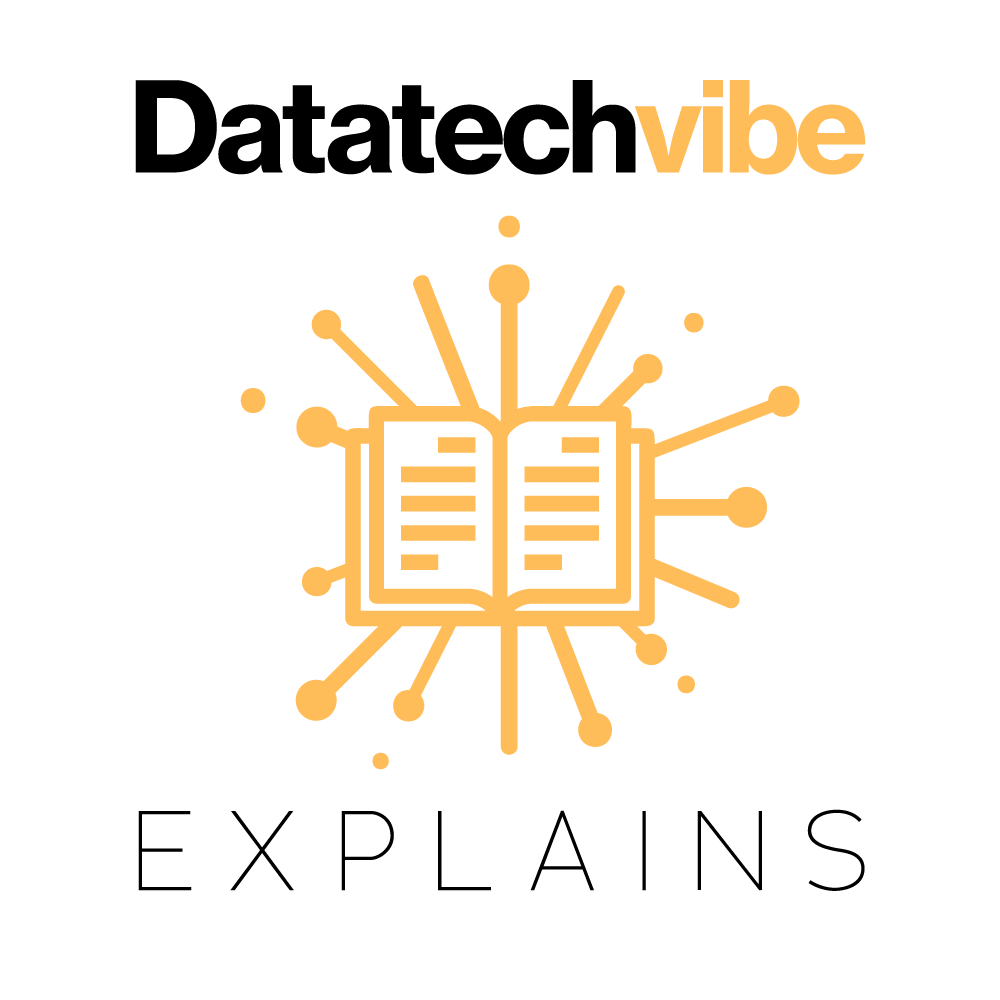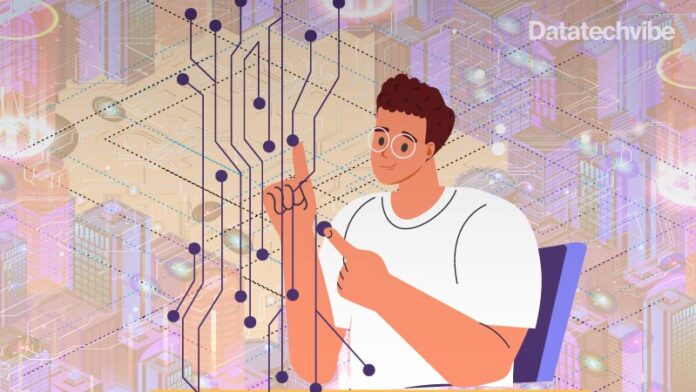Internet of Behaviours (IoB) enables tracking of customer journeys to the fullest extent with additional touchpoints for reinforcement or purchase decisions.

The Internet of Things (IoT) consists of a network of connected physical objects that exchange data over the internet. Continually expanding and evolving, the IoT integrates devices, processes computations autonomously, and stores data in the cloud in a more complex way. Internet of Behaviours (IoB) is an extension of the IoT – it can generate patterns to influence people’s behaviour. That is why it is a blend of three fields – technology, data analytics and behavioural psychology.
The primary purpose of the IoB is to capture, analyse, understand and respond to all types of human behaviour in a way that allows tracking and interpreting people’s behaviours using emerging technological innovations and developments in machine learning algorithms. Human behaviour is monitored, and incentives or disincentives are applied to influence them to achieve the desired operational parameters.
The IoB analyses human behaviour proactively, it detects which psychological variable to influence for a specific outcome. The IoB influences consumer choices and redesigns the value chain. While some users are sceptical about providing their information, many others are happy to do so as long as it adds value.
Big data makes it possible to access information from multiple points of contact. You can analyse a customer’s experience from start to finish, know where their interest in a product begins, track their journey to purchase and analyse the method they use to buy it. With this, consumers can engage positively with more touchpoints. Personalisation is the key to providing efficient service. The more efficient the service is, the more likely the user is to interact and alter behaviour.
The specific benefits of IoB are:
- Analyse customer buying behaviours across all platforms
- Analyse previously unattainable data on how users interact with devices and products
- Find out where a customer is in the buying process
- Real-time POS notifications and targeting
- Keep customers happy by resolving problems quickly
The IoB collects, stores, and uses data. Only a few companies can control the level of access to this data, so all companies should understand the risks associated with its use. In addition, Google, Facebook and Amazon continue to acquire software that could potentially connect a single app to the entire online ecosystem without consent. This poses significant legal and security concerns regarding privacy rights.
Cybercriminals may use behaviour data to access sensitive information such as access codes, delivery routes, and even banking codes. There is a danger that cybercriminals develop sophisticated scams tailored to the habits of individual users while using customer patterns to maximise the likelihood of a user being scammed. For this reason, it is vital to have a secure platform, store, and execute data using tools like Confidential Computing, E2E encryption and SDP.
Case study
It is not difficult for companies to link a mobile phone with a laptop, with a voice assistant, with a smart home or with their vehicle. Market research giants like Google, Facebook and Amazon are becoming increasingly comprehensive. It is only a matter of time before these companies are ubiquitous with algorithms that anticipate customer desires and behaviours. It is important to note that the B2B sector is developing much faster than B2C in IoB.
For example, BMC has developed a smartphone app that tracks diet, sleep patterns, heart rate and blood sugar levels. The app can alert the user to adverse health situations and suggest improvements. Health Passport and Social Distancing Technologies are partners in this emerging health technology.
If we take the example of Uber, it also uses IoT data on drivers, passenger locations and preferences to reinvent CX. Ford and Argo AI have teamed up to design autonomous cars that respond differently to traffic, pedestrians, bicycles and scooters in different cities.
GBKSoft implemented the IoB concept to help golfers improve their handling of balls with the help of a mobile application and tracking of wearable devices while correcting existing ball-striking techniques and learning new ones. Using a handheld device connected to the mobile phone, each hit on the golf ball was recorded in the app and analysed. As an outcome, the players could see their mistakes and get visual recommendations on how to improve their swing and stroke.
Conclusion
The technology is still in its infancy. However, Gartner predicts that over 50 per cent of the world’s population will have exposure to an IoB program by the end of 2025, whether from a government agency or a private company. The ecosystem will define human behaviour in an increasingly digital world. Balancing personalised offerings and intrusiveness will be essential to avoid adverse consumer reactions. Companies that adopt an IoB approach must ensure robust cyber security to protect all this sensitive data.
If you liked reading this, you might like our other stories
Relevant Behavioural Data is Key to Engage With In-Market B2B Prospects
Understanding and Influencing Customer Behaviour Using Customer Data









